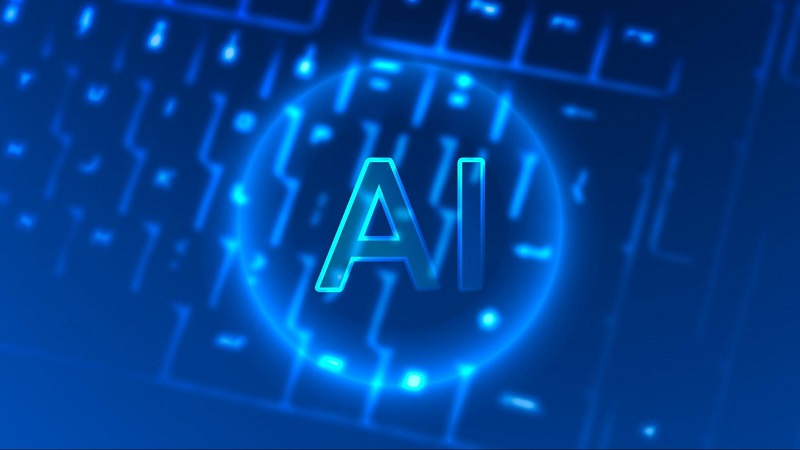
The financial trading landscape has experienced a significant transformation with the advent of AI-based trading software. These sophisticated systems are revolutionising the way traders operate, providing capabilities and efficiencies that traditional trading tools struggle to match. Understanding the key differences between AI-based trading software and traditional trading tools can provide insight into the future of financial markets and the evolving strategies of traders.
Table of Contents
1. Analytical Power and Speed
One of the most significant distinctions between AI-based trading software and traditional tools is the analytical power and speed that AI offers. Traditional trading tools rely heavily on predefined algorithms and human input for data analysis and decision-making. These tools often require manual updating and can be slow to adapt to new market conditions.
In contrast, AI-based trading software leverages machine learning and advanced algorithms to analyse vast amounts of data at unprecedented speeds. AI systems can process the news, social media sentiments, historical data, and market trends in real time, allowing traders to make more informed decisions faster. This high-speed data processing capability gives AI systems a competitive edge, enabling them to capitalise on market opportunities more quickly than traditional tools.
2. Adaptability and Learning
Traditional trading tools are typically rule-based systems, which means they follow a set of predefined rules and conditions to execute trades. While these systems can be effective, they lack the ability to adapt to new market conditions without human intervention.
AI-based trading software, on the other hand, is built on machine learning models that can learn and evolve over time. These systems analyse past trading data and continuously refine their strategies based on new information and patterns. This adaptability allows AI systems to respond to market changes dynamically, improving their performance and accuracy as they learn from each trade. This continuous learning process is a significant advantage, as it enables AI systems to stay ahead in a constantly changing market environment.
3. Predictive Capabilities
Another critical difference is the predictive capabilities of AI-based trading software. Traditional tools often rely on technical indicators and historical data to make predictions, which can be limited in scope and accuracy. These tools may struggle to identify complex patterns and correlations in the market.
AI-based systems use sophisticated algorithms, such as neural networks, to identify intricate patterns and relationships within the data. They can forecast market movements with a higher degree of accuracy by analysing a broader range of factors, including macroeconomic indicators, geopolitical events, and market sentiment. This enhanced predictive capability allows AI traders to anticipate market trends more effectively and make better-informed trading decisions.
4. Risk Management
Risk management is a crucial aspect of trading, and AI-based systems excel in this area compared to traditional tools. Traditional trading tools often use static risk management techniques, which can be inadequate in volatile markets. These systems may not adjust their strategies quickly enough to mitigate losses during sudden market shifts.
AI-based trading software incorporates advanced risk management algorithms that continuously monitor market conditions and adjust trading strategies in real-time. These systems can simulate various market scenarios and assess the potential impact on a trading portfolio, allowing for more proactive risk management. By dynamically adjusting their risk exposure, AI systems can protect investments more effectively and reduce the likelihood of significant losses.
5. Emotional Bias Elimination
Human traders using traditional tools are susceptible to emotional biases that can negatively impact their trading decisions. Fear, greed, and overconfidence are common emotions that can lead to irrational trading behaviours and suboptimal outcomes.
AI-based trading software eliminates emotional bias by relying solely on data-driven analysis and objective decision-making processes. By removing human emotions from the equation, AI systems can execute trades based on logic and statistical probabilities, leading to more consistent and disciplined trading performance.
6. Scalability and Efficiency
AI-based trading systems offer superior scalability and operational efficiency compared to traditional tools. Traditional trading requires substantial human resources for data analysis, strategy development, and execution. This manual approach can be time-consuming and prone to errors.
In contrast, AI systems can handle large-scale data analysis and execute multiple trades simultaneously with minimal human intervention. This scalability allows traders to manage larger portfolios and execute complex trading strategies more efficiently. The automation provided by AI reduces operational costs and increases overall trading efficiency.
Conclusion
AI-based trading software represents a significant advancement over traditional trading tools, offering enhanced analytical power, adaptability, predictive capabilities, risk management, emotional bias elimination, and scalability. As the financial markets continue to evolve, the adoption of AI in trading is likely to increase, providing traders with more powerful tools to navigate the complexities of the market.